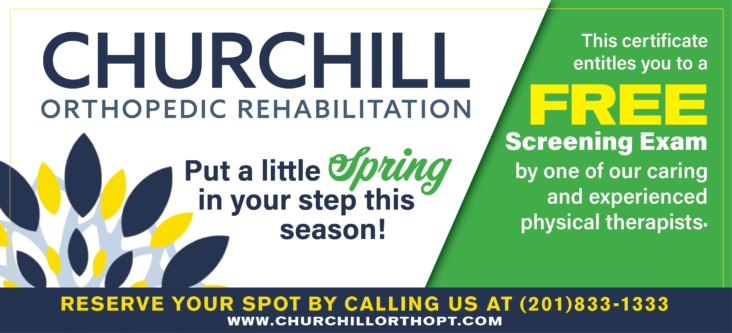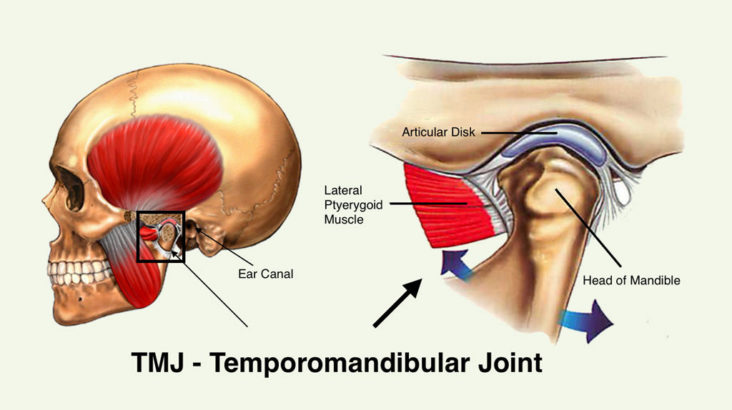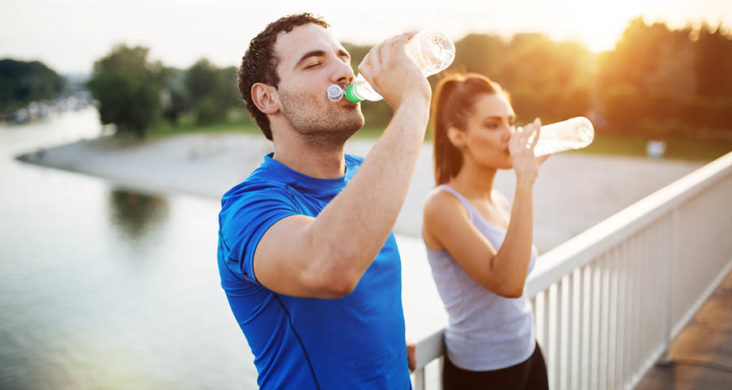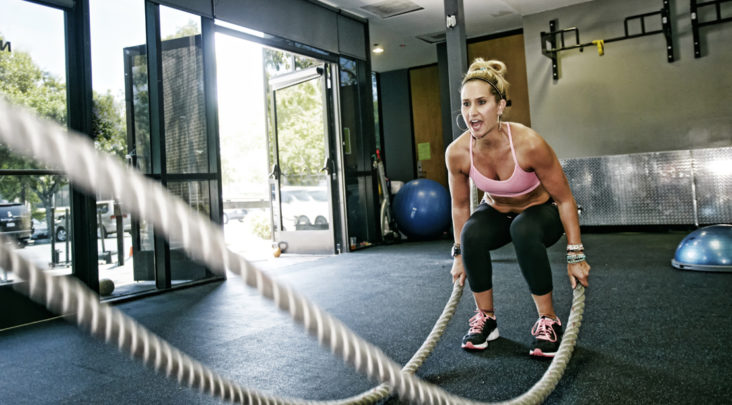Ways to Reduce Swelling
In our last blog, Dr. Breitinger defined what makes up the components of inflammation. In our next segment, we will briefly discuss ways to control and reduce joint inflammation whether acute (new injury) or chronic (lasting more than one month).
First, and most importantly, you need to identify the reason for a swollen joint.
Sometimes it can be the cumulative stress of a regular activity that pushes your joint behind its normal capacity. Often times, the new or repetitive stress lowers a joints normal tolerance, and then your daily activity keeps the joint irritated.
Classically, we have been conditioned to use the mantra, RICE, for inflammation control:
Complete REST, which some may take literally, is not the best method. First you need to stop or reduce the activity that is causing the overstressing. Mobility WOD founder and Physical Therapist Kelly Starrett uses the phrase to “Decongest the joint”. He emphasizes light, or non-stressful activity as a way for your muscles to pump the fluid out of the joint. If you are just lying on your couch, the fluid in that joint has the potential to remain.
For decades, ICE has been the preferred method for reducing inflammation. I completely agree with this statement, especially if you sustain a new injury, which causes immediate swelling and/or bruising. However, after 48 hours of that cycle starting, the arguments can me made to use either ice or heat. There continues to be a discrepancy on which method is better, with the research still lacking on which is superior, despite the aforementioned conventional wisdom that ice is better. Because ice and heat can both work as pain control methods, I always defer to my patients which method they prefer. In my eyes, it’s better to use what typically works for them, instead of getting resistance for something they dislike.
Disclaimer: Superficial heat or ice treatments can irritate the skin if too hot or cold, and left on for prolonged periods of time. Please check skin integrity regularly and avoid over treating (For ice, greater than 20 min).
COMPRESSION, in the form of wraps, neoprene bracing, or ACE bandages are excellent ways to control swelling from worsening, especially after an initial injury. They act as subtle barriers to restrict increasing joint volume. They also keep the area warm and stimulate skin receptors, which can be soothing for some.
Disclaimer: Compression should not be tight enough to cut off circulation or leave marks on the skin.
ELEVATION, can also aid in swelling reduction by limiting blood from pooling in the joint, especially in the lower leg (if indicted). Keeping the involved limb above the heart has shown beneficial results, especially with acute swelling.
Medication: While it is not within a physical therapist scope of practice to recommend specific types of medications, over the counter NSAIDS (Non-steroidal anti-inflammatories) can have a big impact on swelling and pain complaints associated with a joint injury, should it not cause significant side effects.
Disclaimer: NSAIDS should not be used more than 4-5x/week or over two-week period. If so, they should see a physician for further consultation, if they haven’t already done so.
Lastly, swelling can persist for other non-injurious reason including;
A physical therapy consultation can further meet your individual needs and help get to the root cause of your issue.
Schedule an appointment today!
Gabriel Scher, DPT, SCS
You may hear your Physical Therapist, Medical Doctor, or the general public talking about inflammation in the body…but what is inflammation?
Straight from Merriam-Webster, “inflammation is a local response to cellular injury that is marked by capillary dilatation, leukocytic infiltration, redness, heat, and pain that serves as a mechanism initiating the elimination of noxious agents and of damaged tissue”.
More simply put, inflammation is your body’s way of trying to protect and then start healing itself. Inflammation needs to occur in order for infections to clear and for wounds to heal, however, if inflammation lasts too long then it can actually cause harm to the body.
It is important to distinguish between acute and chronic inflammation.
Acute inflammation increases in severity quickly and normally only last for a few days. Examples could be immediately after twisting an ankle or cutting your finger, appendicitis or a sore throat. Medical News Today describes the symptoms of acute inflammation of the skin following the acronym “PRISH”:
Pain = the inflamed area is likely to be painful to the touch because chemicals that stimulate nerve endings are released and this increases the sensitivity in that area
Redness = the inflamed area is likely to be red because the capillaries in the area are filled with more blood than normal; capillaries need to enlarge so that fluids/proteins can move between the blood and cells more easily
Immobility = the inflamed area may become less functional/mobile
Swelling = the inflamed area may become built up with fluid
Heat = the inflamed area may become warm to the touch because more blood flows to the area
Chronic or long-term inflammation can persist for months to years. Different cells are involved…instead of healing the body, these cells release toxins which cause additional harm to the surrounding tissues and other structures.
 Chronic inflammation can present as fatigue, mouth sores, chest pain, abdominal pain, fever, rash and joint pain. Some examples would be Rheumatoid Arthritis, Crohn’s disease, and asthma. Medical News Today states that chronic inflammation can result from the following:
Chronic inflammation can present as fatigue, mouth sores, chest pain, abdominal pain, fever, rash and joint pain. Some examples would be Rheumatoid Arthritis, Crohn’s disease, and asthma. Medical News Today states that chronic inflammation can result from the following:
A very important thing to note is that if inflammation is not treated appropriately, it can potentially cause additional problems such as atherosclerosis (plaque build-up inside arteries), some cancers, hay fever, and more.
In many circumstances, Physical Therapy can help to control acute inflammation and to work towards eliminating chronic inflammation. A physical therapist can aid in managing pain caused by inflammation while also taking a look at the bigger picture – what is causing this inflammation and what else has been affected because of this inflammation? Treatment plans can vary greatly and must be customized to each individual, however, potential treatment could include therapeutic exercises, manual therapies and/or use of modalities, such as laser therapy. Overall, the major goals of these interventions are to reduce swelling/pain, increase strength/range of motion, and encourage proper function. If you are suffering from inflammation, Physical Therapy can play an important role in getting you back to being you.
Call to schedule an appointment today in order to determine the best course of treatment based on your specific needs.

References:
Nordqvist, C. (2017, November 24). “Everything you need to know about inflammation.” Medical News Today. Retrieved from
https://www.medicalnewstoday.com/articles/248423.php.

If you love spending time in your garden, this is a must-read to help you stay healthy, injury and pain-free.
Do You Avoid Gardening Because It Hurts Your Back, Hips, or Knees?
If you answered yes, here are a few helpful tips for pain-free gardening! Use the following techniques when lifting and lowering the load…

Poor sleep has become a prevalent issue that the US Centers for Disease Control, “…has designated insufficient sleep as a public health problem” (PTinMotion 2018). We can do all the exercises in physical therapy 3x per week, complete the home exercise program to get better, eat all the right foods to be healthy, drinking water to stay hydrated, but it can all go to waste if we are not giving our body the hours needed to recover.

Do you suffer from debilitating headaches, neck or facial pain? These can be signs and symptoms of a TMJ disorder. Do you experience cracking or popping in your jaw with opening or chewing? Do you find yourself clenching or even holding your breath during the day? Have you had sinus like pain which was non responsive to antibiotics? If so you may be suffering from a TMJ disorder.

At some point, someone has probably told you to “drink more water!” But is it really that important?
Simple answer…YES!
According to Nestle Waters, the adult body is made up of ~60% water…60%! Water has many important roles in your body, including…

McKenzie Therapy – Myths vs Facts
If you have ever had back, neck, or other joint pain, you may have heard about “McKenzie therapy” but are confused as to what that is. Is it a treatment that can help you? Is it only for certain conditions?
As a certified McKenzie therapist, I want to help you better understand what McKenzie therapy is, what conditions it is used for, how it can help prevent injuries, and to dispel the most common myths floating around the community.

Every year around this time a list is published with the top New Year’s Resolutions. For example, last year nbcnews.com (January 1, 2017) published this data:
Health and Organization beat out Travel and Reading according to data pulled from Google by iQuanti.
•Get Healthy: 62, 776,640 searches, a 13.77 percent increase over last year during the same time period, when it was searched 55,177,290 times last year.

1. Frequent Mobility in the Day…Prolonged sitting results in negative effects on our body such as muscle stiffness, back pain, neck tightness, and decreased motion. One way to counteract the effects of sitting is by incorporating more movement throughout the day.
Contact Churchill Orthopedic For More Information